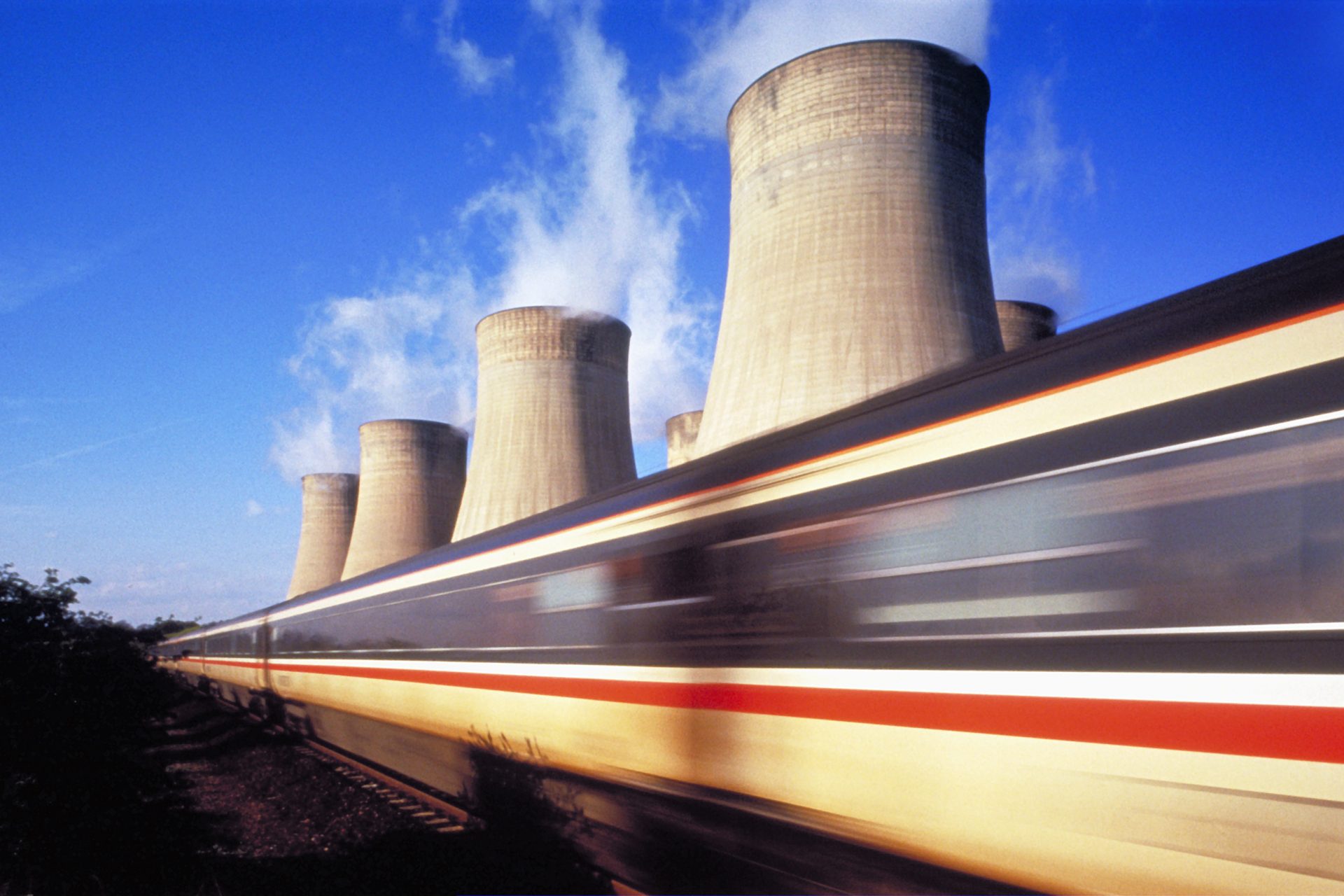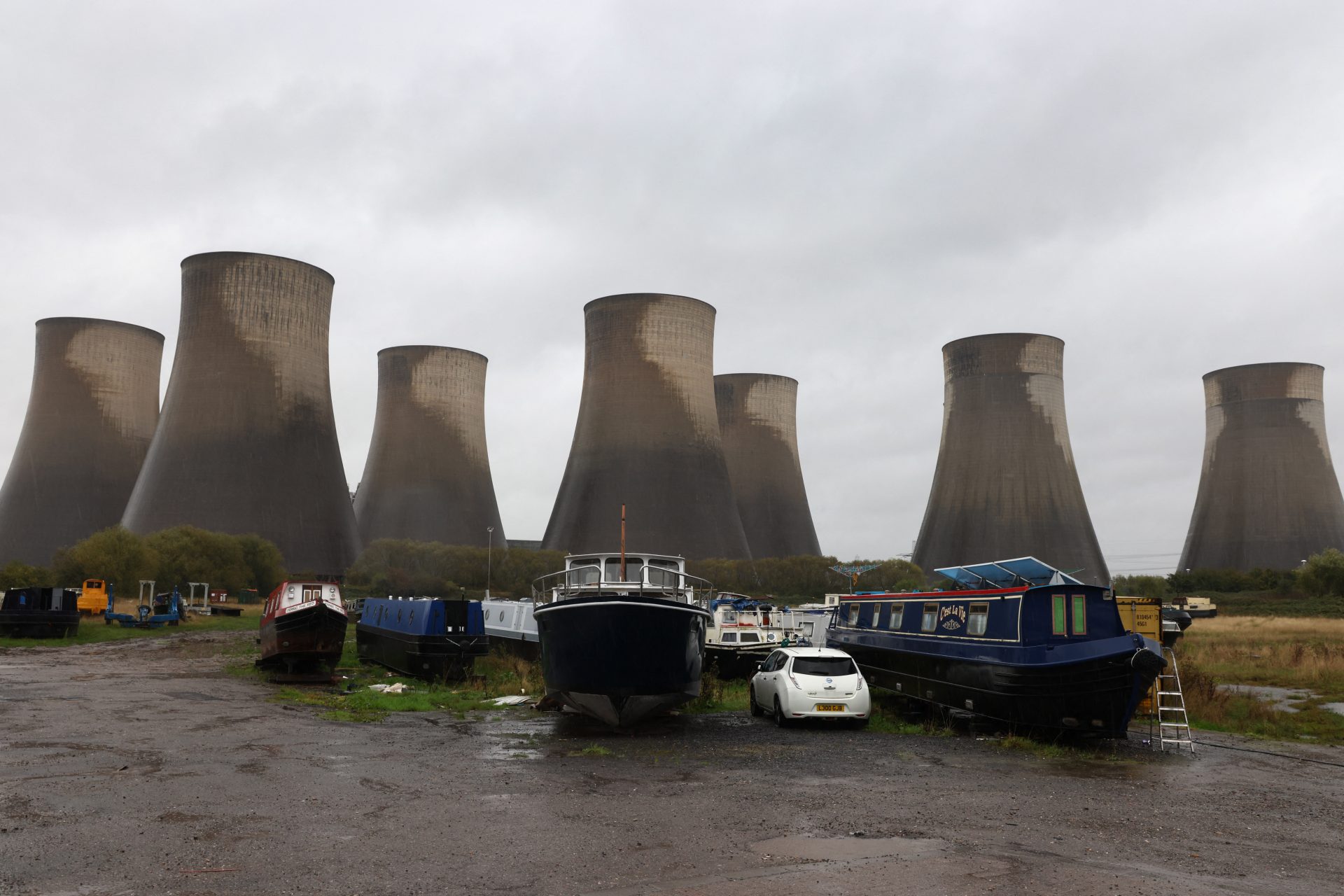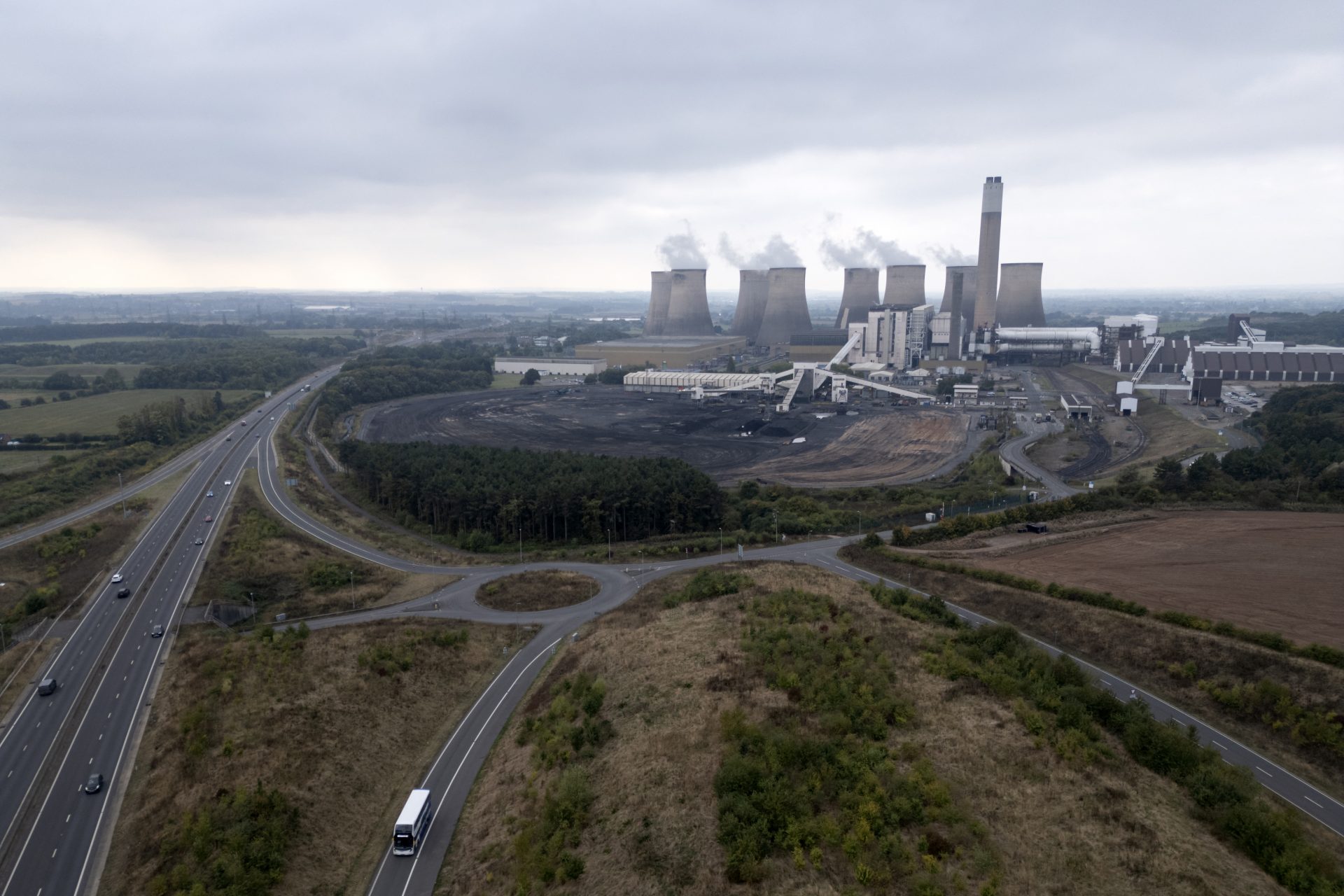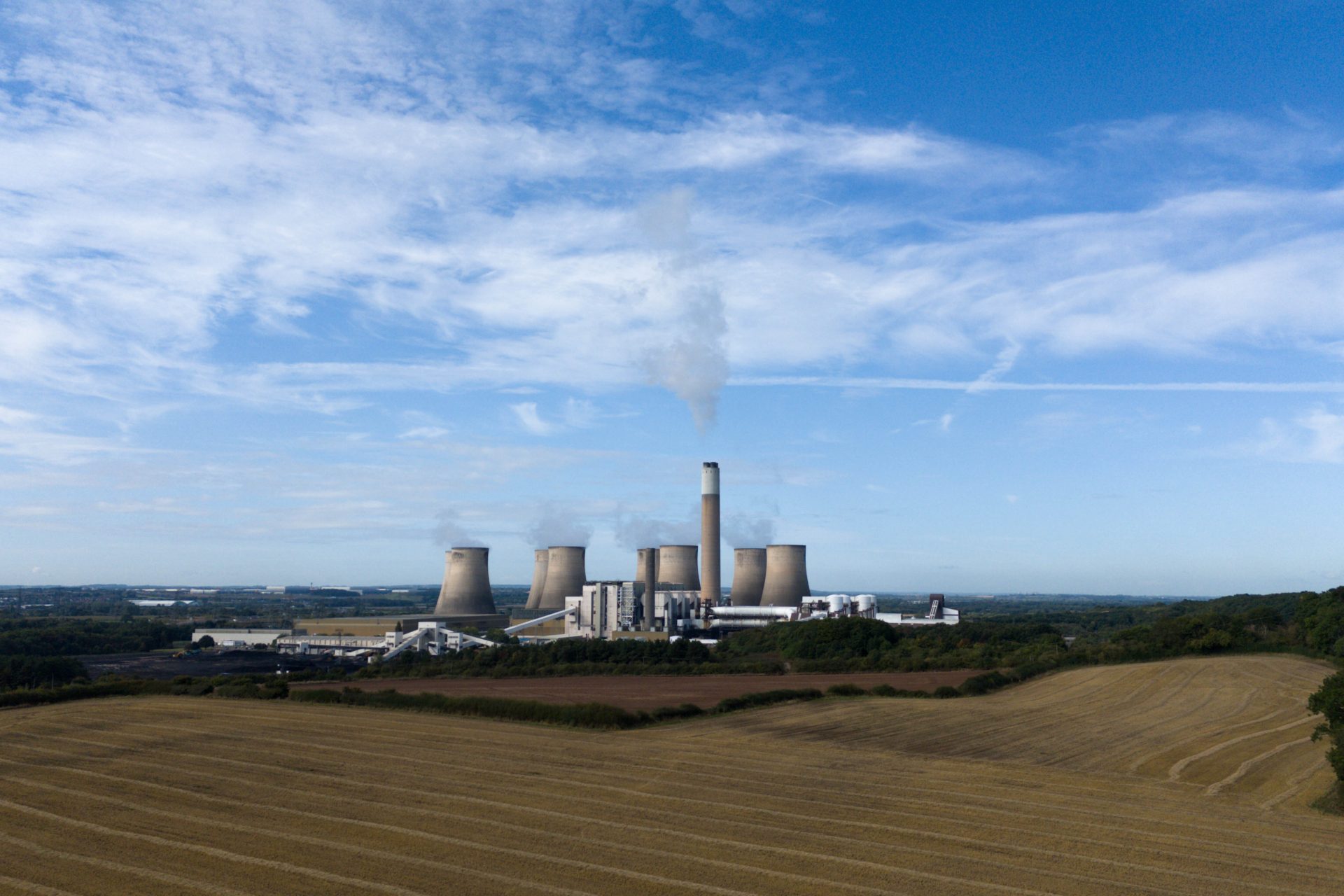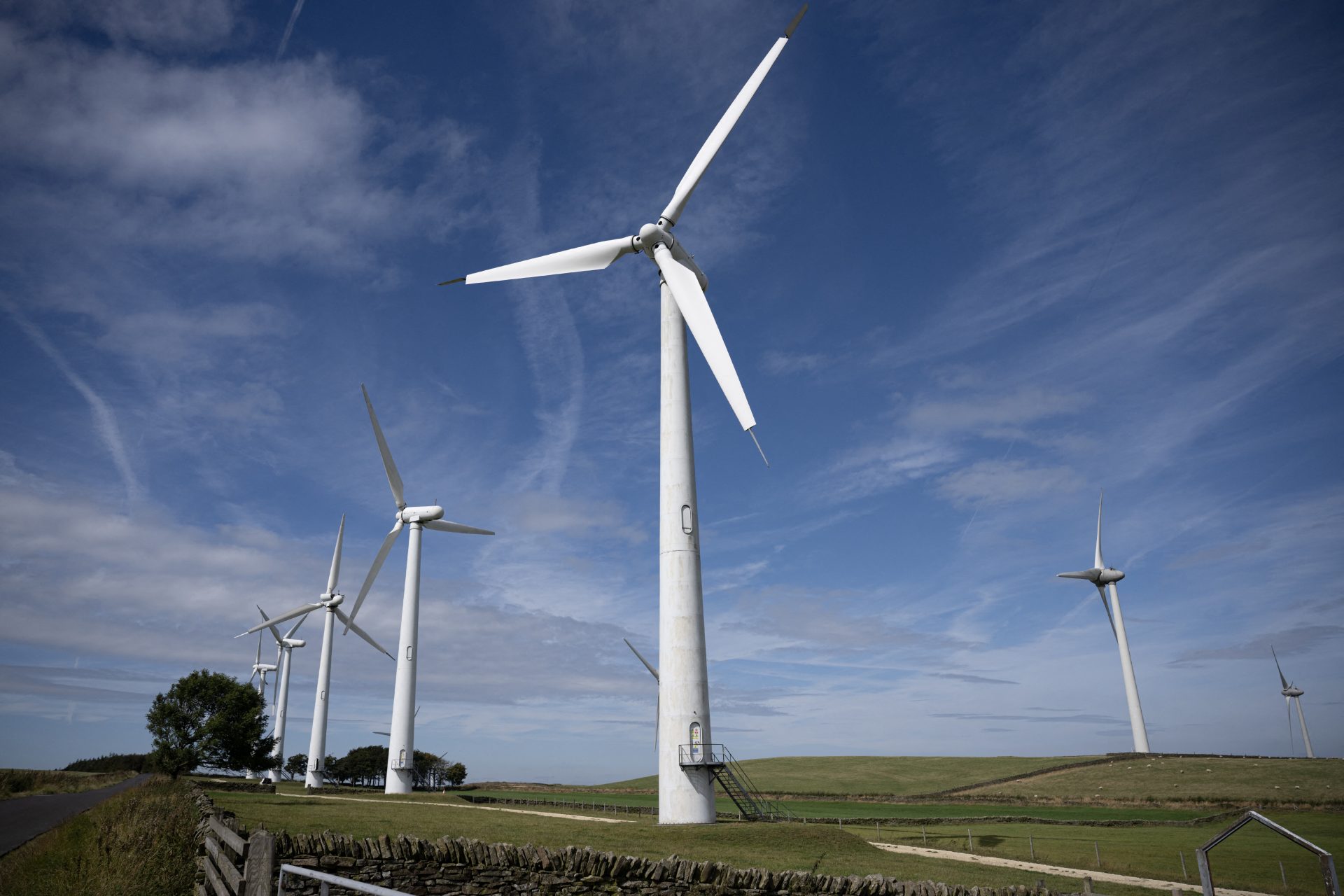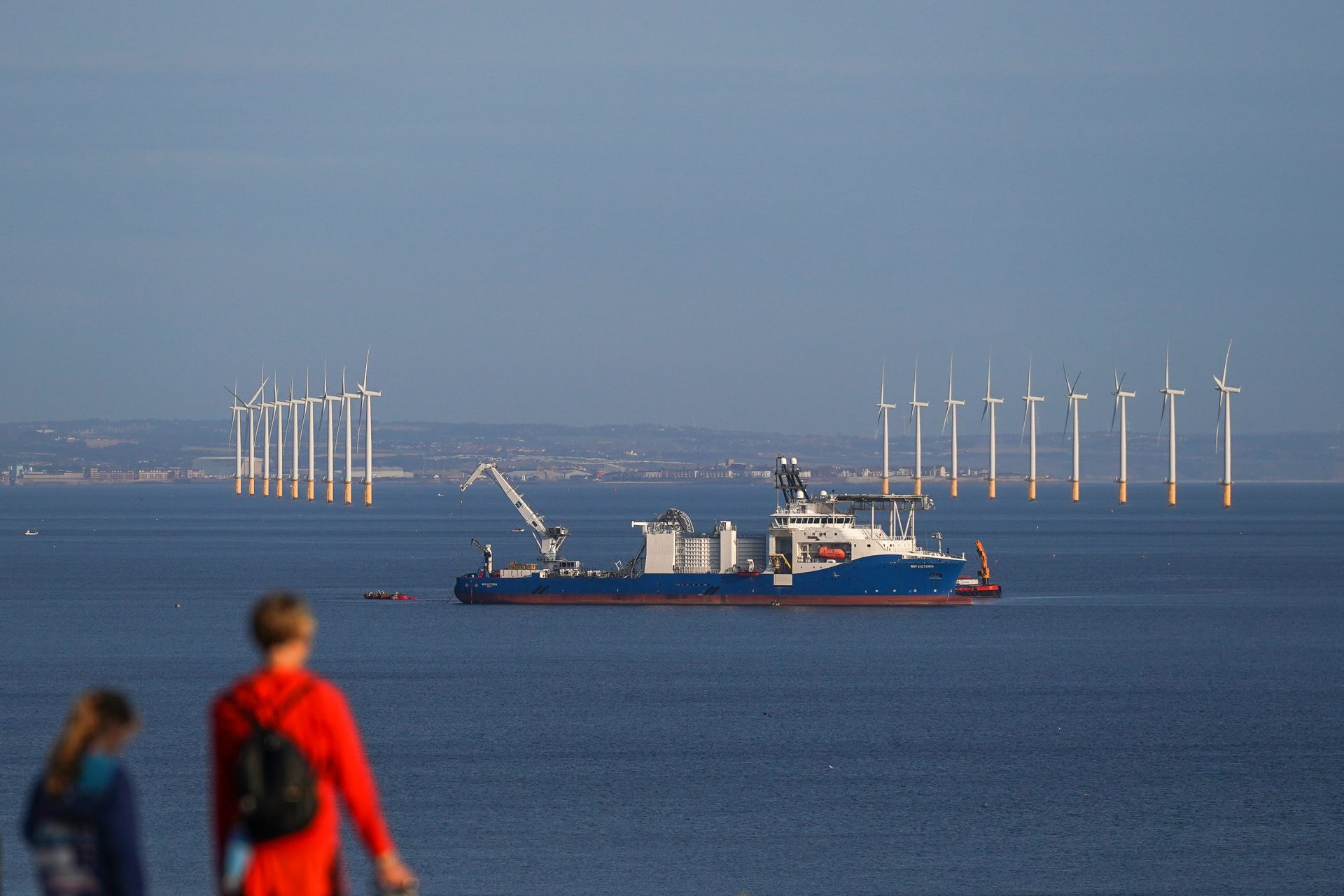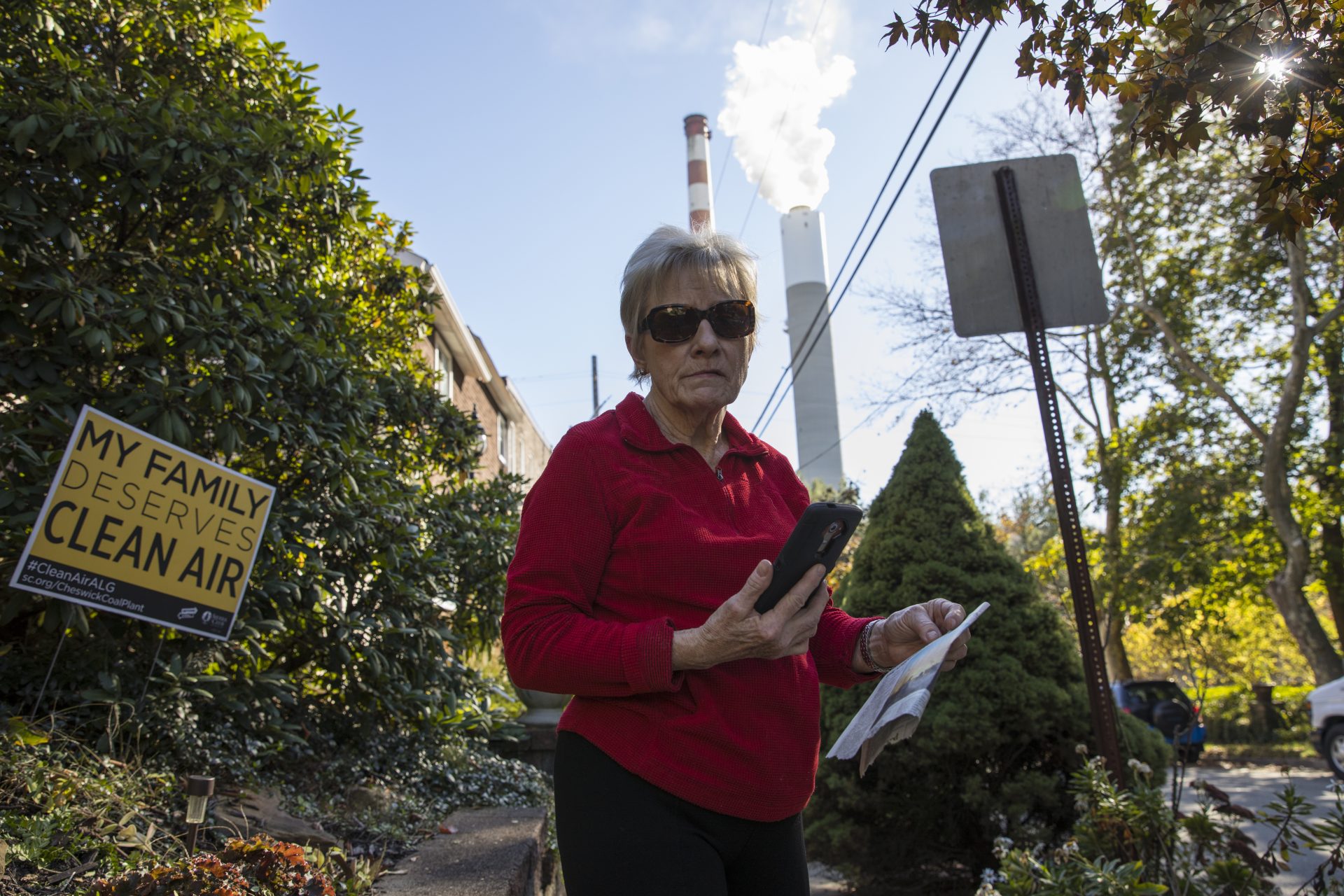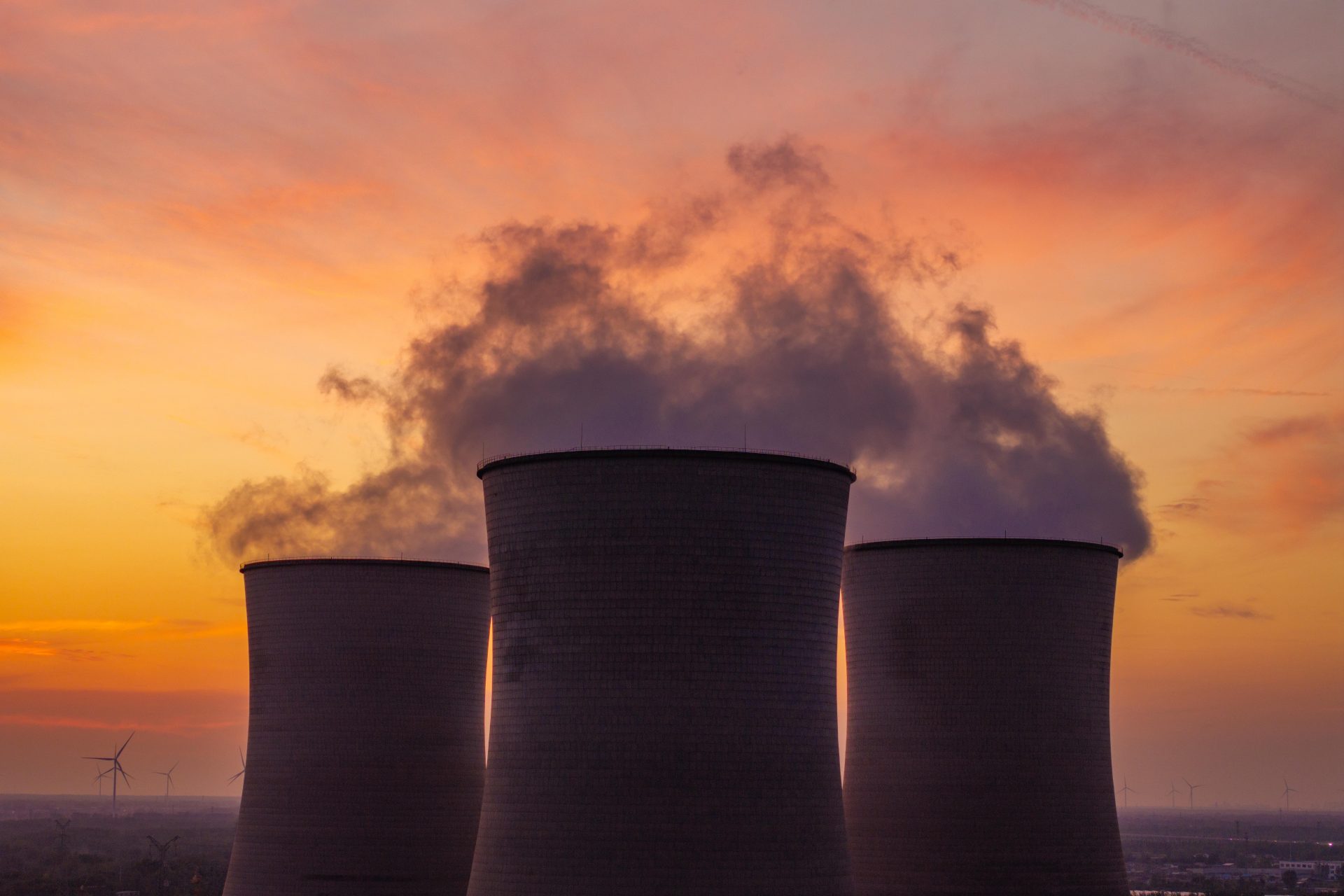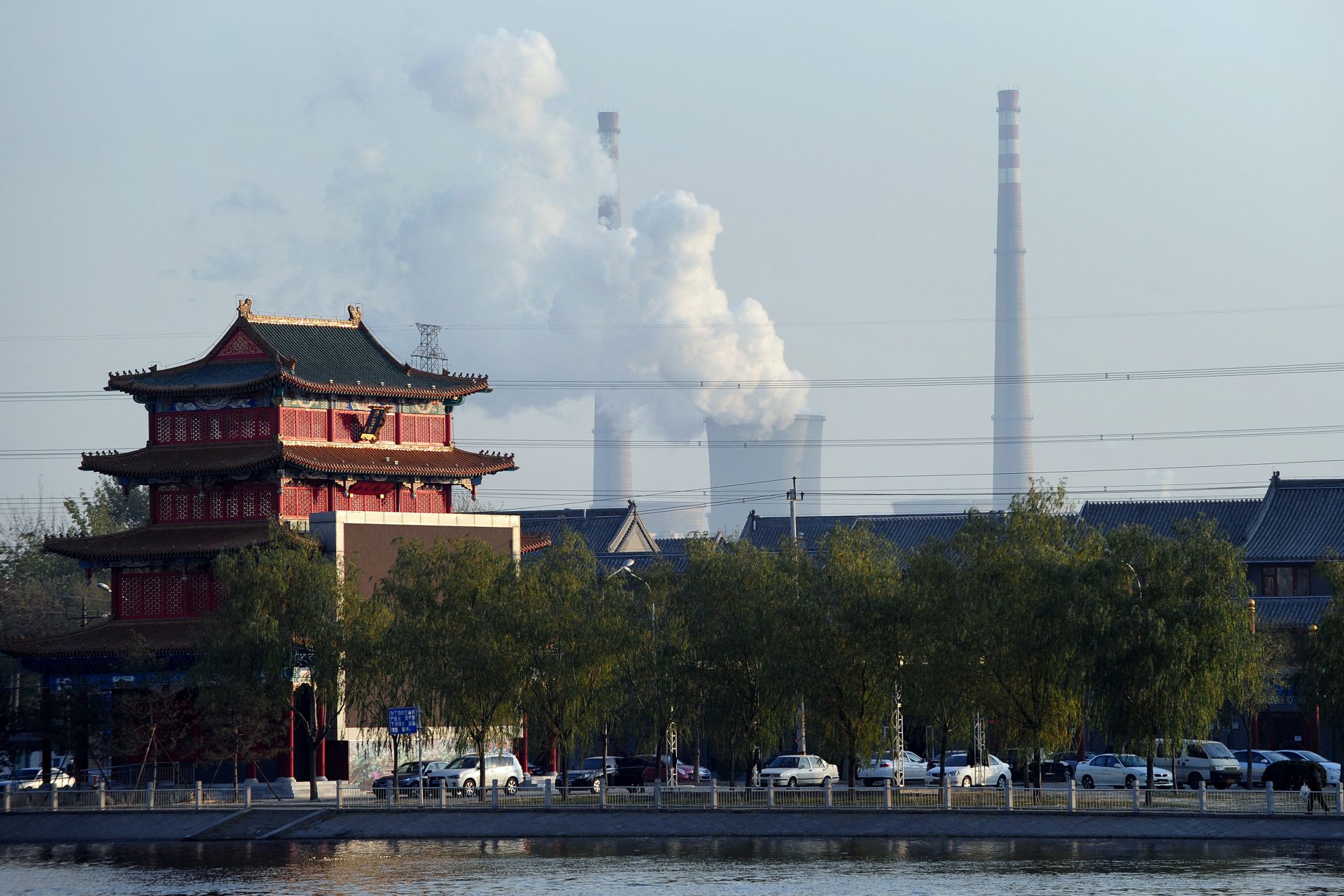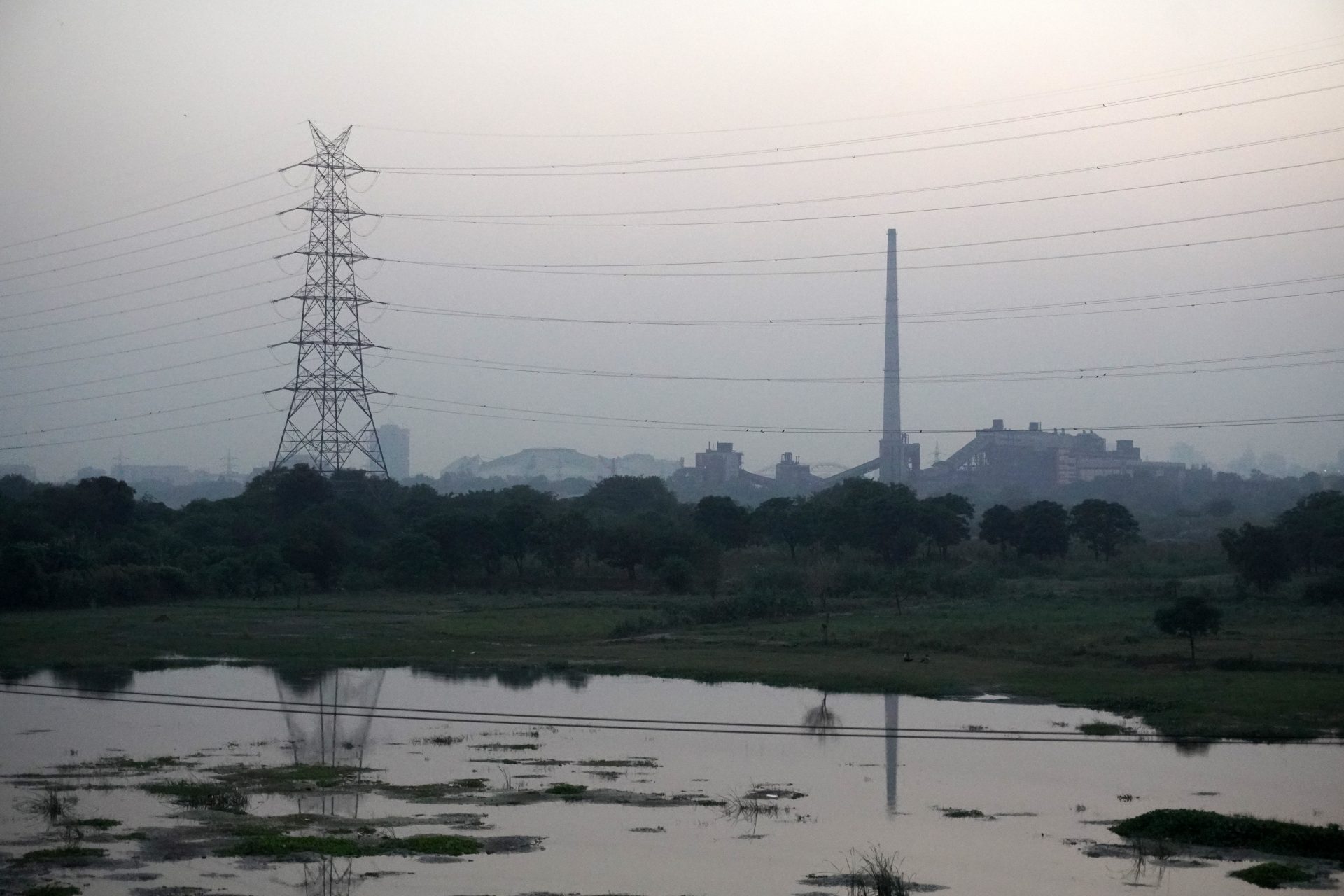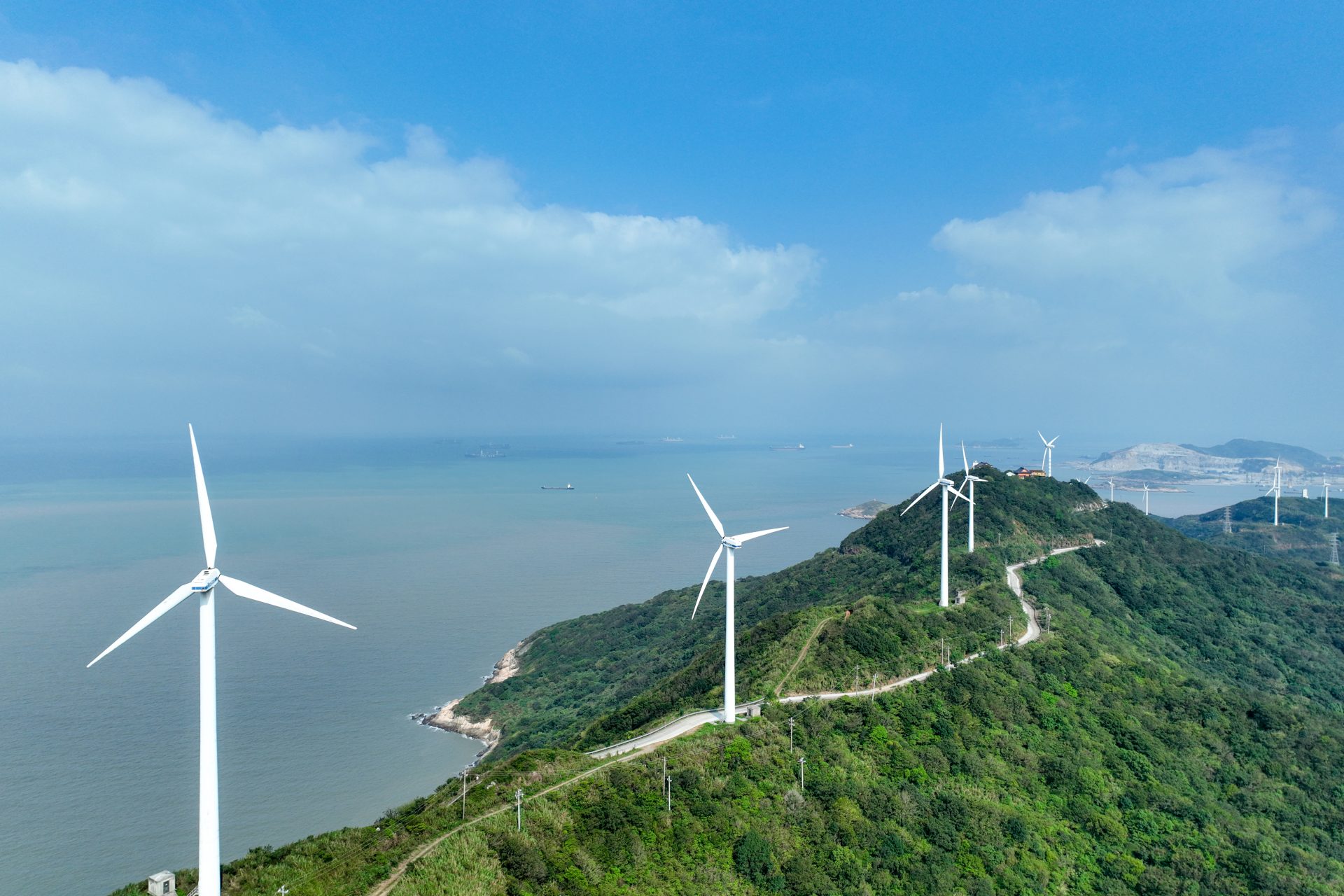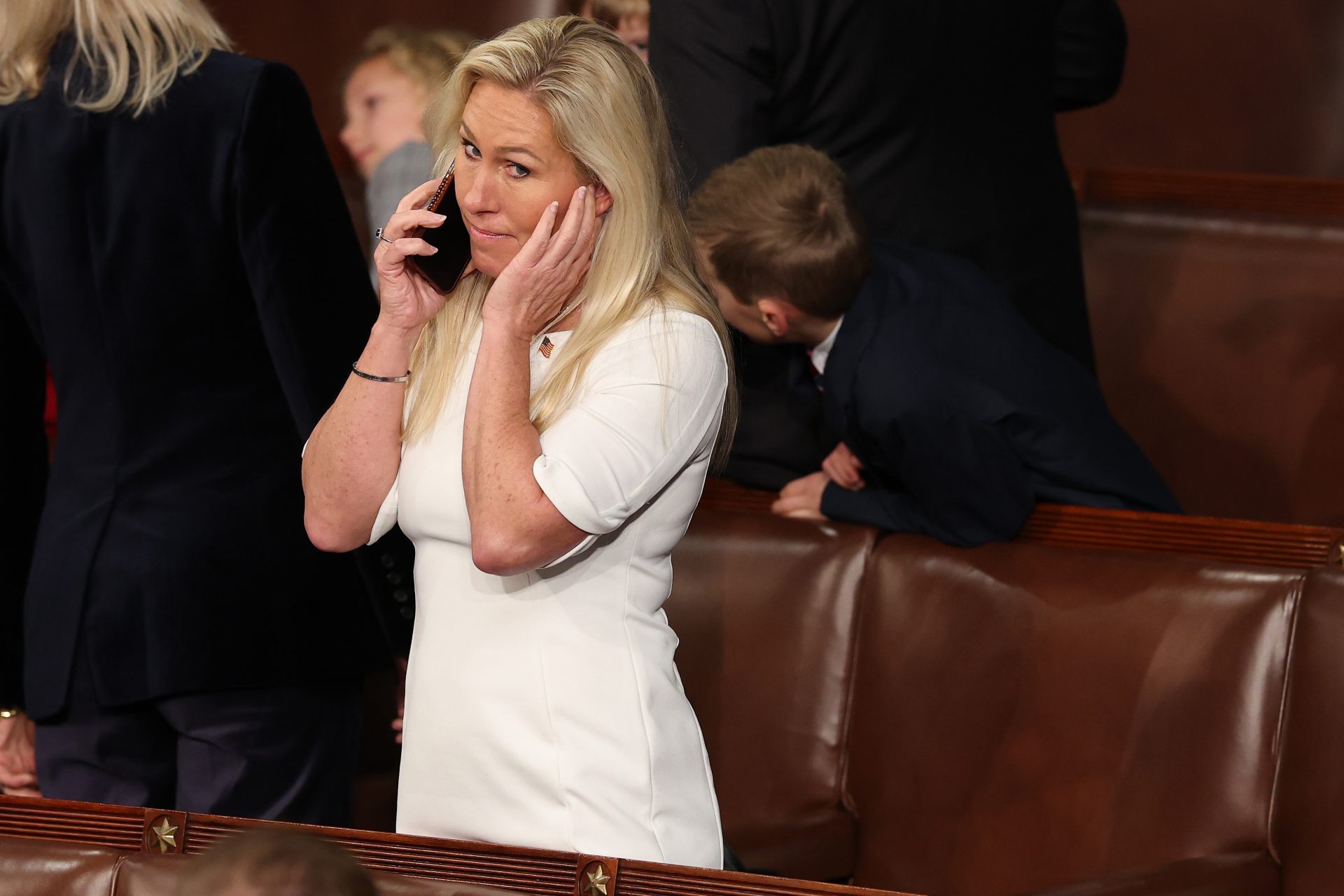Britain ahead of the game in turning off the coal-fired energy tap
As it heads into winter, the UK has just ended 140 years of coal-fired power production, closing its last plant located in Ratcliffe-on-Soar, near Nottingham in England’s Midlands.
Britain is the first of the G7 countries to be rid of coal-fired power production with the closure of Uniper’s plant, and is ahead of its own schedule to reach climate targets.
The UK government said back in 2015 that it would close its remaining 14 plants by 2025. Those 14 plants produced 30% of the UK’s energy nine years ago. By last year, coal accounted for just 1% of British electricity.
Relegating its coal-fired power plants to the past has helped to significantly reduce the UK’s carbon emissions which have been cut by more than half since 1990.
“The UK has proven that it is possible to phase out coal power at unprecedented speed,” Julia Skorupska, Head of the Powering Past Coal Alliance secretariat, a group of around 60 national governments seeking to end coal power, said in Reuters.
Britain has a net zero emission target of 2050 but has established plans to decarbonize the electricity sector by 2030, requiring a serious increase in renewable energy, such as solar and wind.
“The era of coal might be ending, but a new age of good energy jobs for our country is just beginning,” the UK’s energy minister Michael Shanks told Reuters.
The shift in the schedule for phasing out coal-fired power plants among G7 countries to 2035 has drawn criticism from green groups: 16.2% of US electricity still comes from coal, 25% of Germany’s and 30% of Japan’s.
“There is a lot of work to do to ensure that both the 2035 target is met and brought forward to 2030, particularly in Japan, the US, and Germany,” said Christine Shearer, Research Analyst, Global Energy Monitor in Reuters.
According to Statista, Pennsylvania has 15 coal-fired power plants, Texas 13 and Indiana 12 while Washington has only one and New York closed its last plant back in 2020.
Despite Donald Trump’s efforts to support the coal-industry during his 2016-2020 term in office, more plants were deactivated between 2016 and 2018 than in Obama’s entire first term, according to CNN.
The world’s biggest coal culprits are China and India. China has the largest number of coal-fired power plants in the world, far outstripping India which comes in second. Statista states that China had 1,161 in July 2024, four times as many as India.
China and India together account for 86% of the world’s coal-fired power production, 98% of which is concentrated among just 15 countries, according to Global Energy Monitor’s 2024 Global Coal Plant Tracker (GCPT).
But while there are fewer countries producing coal-fired power, the number of new plants being proposed and put into production far exceed the number of closures.
According to Carbon Brief, 97% of the proposals for new plants in the first half of 2024 have come out of China and India. Their justification for this rests on the fact that renewable energy is inadequate for the needs of their vast populations and businesses.
The Guardian reported that China was approving new coal-fired power plants at a rate of two a week in 2023, making any climate targets unattainable, though its renewable industry energy is booming.
More for you
Top Stories



